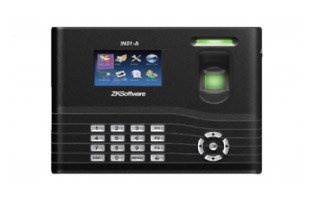Biometric time attendance systems have become increasingly popular in businesses of all sizes, primarily due to their ability to accurately track employee work hours. However, these systems offer much more than just a way for employees to clock in and out. In this section, we'll explore some of the advanced features of biometric time attendance systems that can help businesses maximize efficiency.
One key feature of biometric time attendance systems is the ability to customize access levels for different employees. This means that you can restrict access to certain areas of your business based on an employee's role or schedule. For example, you can limit access to sensitive areas like server rooms or executive offices to only those employees who have the necessary clearance. This not only increases security but also ensures that employees are only accessing areas that are relevant to their job responsibilities.
Another important feature of biometric time attendance systems is the ability to track employees' time off. This includes sick leave, vacation days, and other types of paid time off. By integrating this feature into the system, businesses can streamline their time-off processes and ensure that employees are accurately compensated for the time they take off. This can help reduce errors and disputes related to time-off tracking, ultimately saving businesses time and money in the long run.
Additionally, biometric time attendance systems often come equipped with reporting and analytics tools that can provide valuable insights into employee productivity and attendance patterns. By analyzing this data, businesses can identify trends, spot potential issues, and make informed decisions to improve overall efficiency. For example, managers can use this data to identify employees who consistently arrive late or leave early and address any performance issues accordingly.
Furthermore, biometric time attendance systems can help businesses comply with labor laws and regulations by automatically tracking and calculating overtime hours. This not only helps businesses avoid fines and penalties for non-compliance but also ensures that employees are fairly compensated for their extra hours worked. Additionally, by automating the overtime calculation process, businesses can reduce administrative burden and free up time for other important tasks.
Lastly, biometric time attendance systems can integrate with other business systems, such as payroll and HR software. This seamless integration eliminates the need for manual data entry and reduces the risk of errors associated with manually transferring information between systems. By automating these processes, businesses can save time and resources, while also ensuring that all systems are up-to-date and accurate.
In conclusion, biometric time attendance systems offer a wide range of advanced features that go beyond just clocking in and out. By leveraging these features, businesses can maximize efficiency, improve security, streamline processes, and make more informed decisions. Ultimately, investing in a biometric time attendance system can provide businesses with a competitive edge and help them achieve their goals of growth and success.


No comments yet